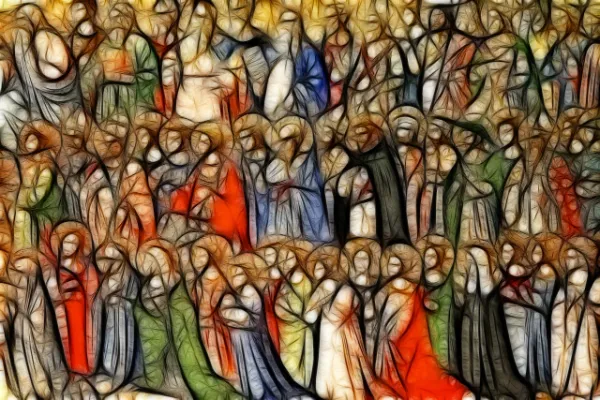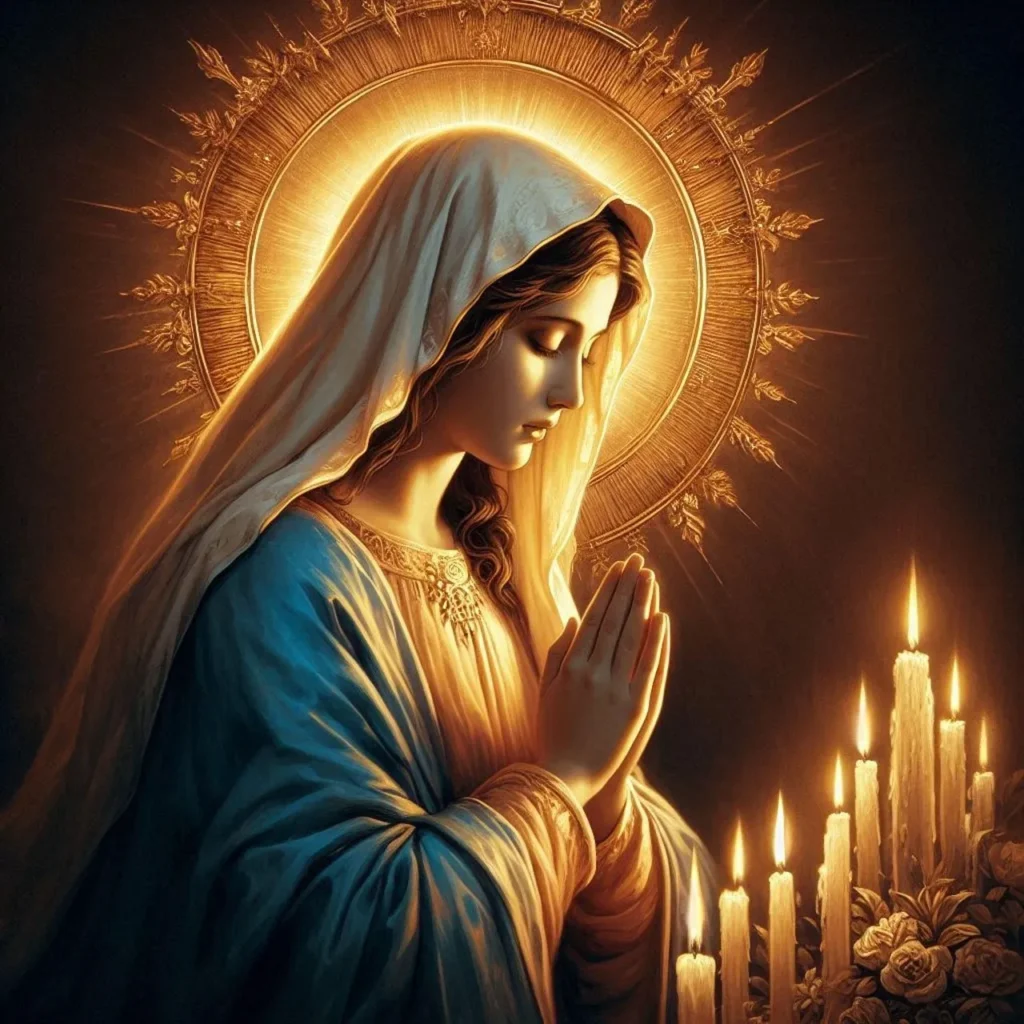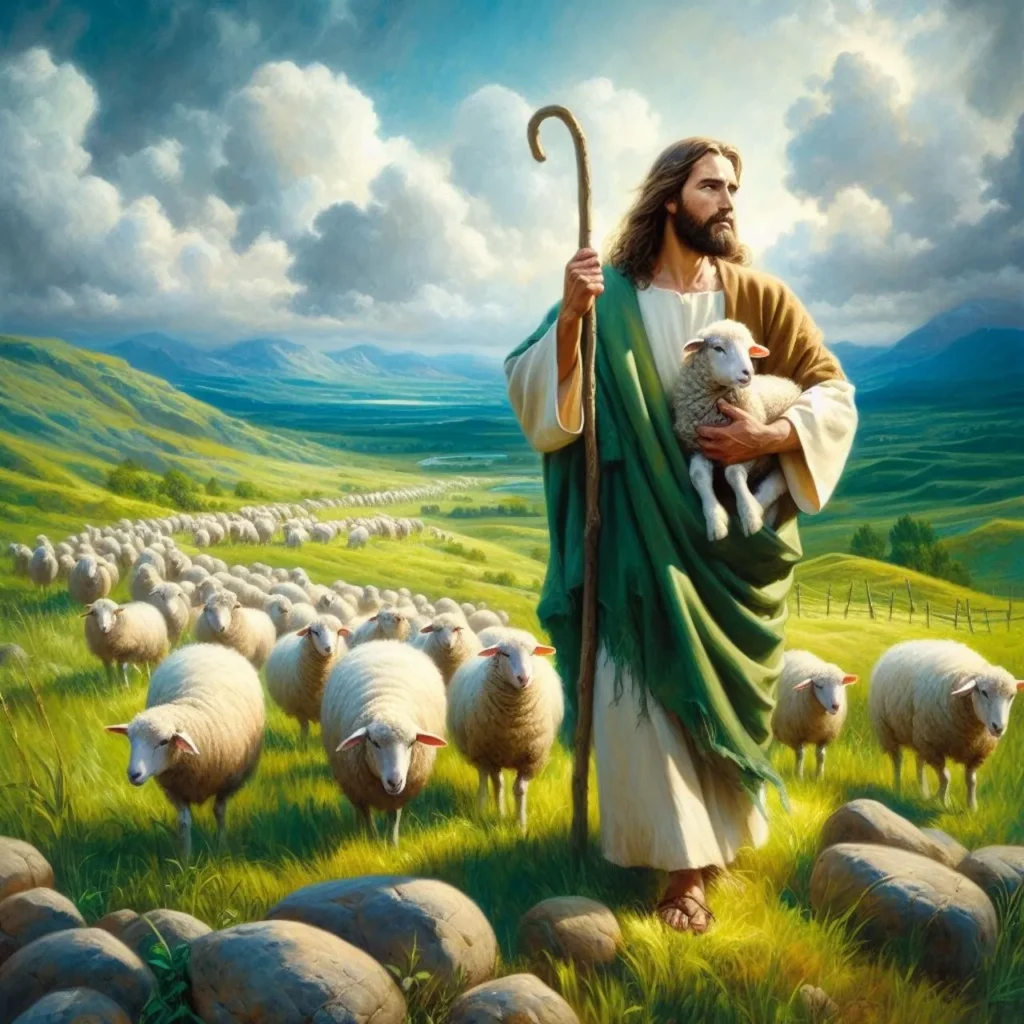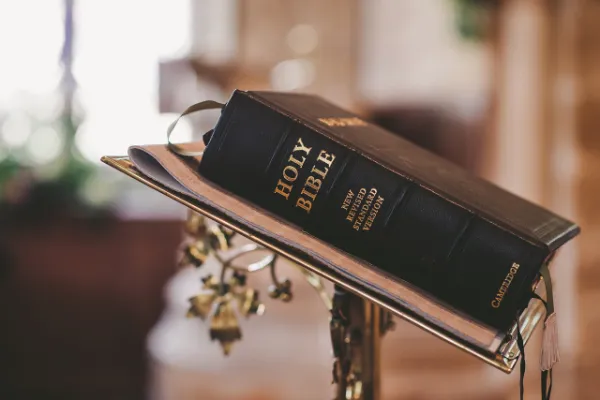When people ask, “What’s the difference between Catholic and Christian?” the question often reflects a common misconception—that Catholicism and Christianity are entirely separate religions. In reality, Catholicism is one of the largest branches within Christianity. To understand the difference more accurately, it helps to explore the broader structure of the Christian faith, its history, core beliefs, and distinctions among denominations.
How to Understand Christianity?

Christianity is a monotheistic Abrahamic religion based on the life and teachings of Jesus Christ, who lived in the 1st century CE in Roman-occupied Judea. Christians believe that Jesus is the Son of God, the Messiah (or Christ) prophesied in the Old Testament, and the Savior of humanity.
The Christian faith is built on:
- The Bible (Old and New Testaments)
- Core doctrines such as the Trinity (Father, Son, Holy Spirit)
- Beliefs in salvation through faith in Jesus Christ
- Practices like baptism, prayer, Eucharist, and worship
What are the Branches of Christianity?

Christianity is divided into several major branches:
These branches all share fundamental Christian beliefs but differ in theology, liturgy, traditions, and governance.
What is Catholicism?
Catholicism is the largest and oldest branch of Christianity, tracing its origins directly to the apostles, particularly Peter, whom Catholics consider the first Pope. The Roman Catholic Church, under the leadership of the Pope in Vatican City, is the central governing body of Catholicism.
What are the Main Beliefs of Catholicism?
- Authority of the Pope: Catholics believe the Pope is the spiritual successor of Saint Peter and the earthly head of the Church.
- Sacraments: Catholics observe seven sacraments (Baptism, Eucharist, Confirmation, Reconciliation, Anointing of the Sick, Matrimony, and Holy Orders).
- Sacred Tradition: Along with the Bible, Catholics believe in the authority of Sacred Tradition—the living transmission of the Church’s teachings.
- Mary and the Saints: Catholics venerate the Virgin Mary and other saints, seeking their intercession (not worship, which is reserved for God).
- Transubstantiation: In the Eucharist, Catholics believe the bread and wine become the actual body and blood of Christ.
- Mass: The central act of Catholic worship is the Mass, which includes readings, prayers, a homily, and the Eucharist.
Is Catholic the Same as Christian?

“Are Catholics Christian?”
Yes—Catholics are Christians. The term “Christian” encompasses all who follow Jesus Christ. This includes Catholics, Protestants (such as Baptists, Methodists, Lutherans, Evangelicals), and Eastern Orthodox believers.
The confusion often arises in cultures or regions where Protestant Christianity is more prominent, leading to the mistaken belief that “Christian” means “non-Catholic.”
What do Catholics Believe that Other Christians don’t?

While all Catholics are Christians, not all Christians are Catholics. Here are some key differences between Catholics and Protestant Christians, the other major group within Christianity:
| Topic | Catholicism | Protestantism |
| Authority | Scripture and Church Tradition; the Pope holds supreme authority | Sola Scriptura (Scripture alone); no centralized human authority |
| Salvation | Faith, good works, and sacraments are part of the path to salvation | Salvation by faith alone (sola fide) |
| Sacraments | Seven sacraments | Usually two: Baptism and Communion |
| Eucharist | Belief in transubstantiation | Viewed symbolically in most denominations |
| Veneration of Mary and Saints | Strong emphasis; saints are seen as intercessors | Minimal or no veneration of saints |
| Clergy | Priests are celibate and only men; hierarchical structure (bishops, cardinals, Pope) | Varies; many denominations allow women clergy and marriage |
What do Catholics, Protestants, and Orthodox Christians have in Common?

Despite their differences, Catholics and other Christians share many foundational beliefs:
- Jesus Christ is the Son of God and Savior
- The Trinity (Father, Son, Holy Spirit)
- The importance of the Bible
- Love of neighbor and moral teachings
- Worship, prayer, and fellowship
What Caused the Split in Christianity?
- 1054 CE – The Great Schism: Christianity split into the Eastern Orthodox Church and Roman Catholic Church due to theological and political differences.
- 1517 CE – The Protestant Reformation: Initiated by Martin Luther, this movement protested certain Catholic doctrines and practices, leading to the formation of Protestant churches.
These historical events laid the foundation for the major divisions within Christianity we see today.
Why do Christians have Different Beliefs but Remain one Faith?

The question “What’s the difference between Catholic and Christian?” is best understood by recognizing that Catholicism is a major branch of Christianity, not something separate from it. While there are theological and practical differences between Catholics and other Christian denominations, they are all part of the broader Christian family, united by faith in Jesus Christ.
Understanding these distinctions can foster greater respect, dialogue, and cooperation among believers of different traditions, and help clarify misconceptions that often arise from terminology or historical divides.
Frequently Asked Questions (FAQ)
1. Are Catholics considered Christians?
Yes. Catholics are Christians. The term “Christian” refers to anyone who follows the teachings of Jesus Christ. Catholicism is the largest branch of Christianity, alongside Protestantism and Eastern Orthodoxy.
2. What is the main difference between Catholics and other Christians?
The main differences lie in authority, doctrine, and practices. Catholics follow both the Bible and Church Tradition, and recognize the authority of the Pope, while many Protestant Christians rely on Scripture alone (Sola Scriptura) and do not follow a central human authority.
3. Why do some people think Catholics aren’t Christians?
This misconception often arises in predominantly Protestant regions where “Christian” is equated with Protestant belief systems. In reality, Catholicism is a foundational part of Christianity, with roots going back to the early Church.
4. Do Catholics believe in the Bible?
Yes, Catholics fully believe in the Bible. They use the Old and New Testaments, and their Bible includes some additional books known as the Deuterocanonical books, which are not found in most Protestant versions.
5. What are the seven sacraments in Catholicism?
The seven Catholic sacraments are:
- Baptism
- Eucharist (Holy Communion)
- Confirmation
- Reconciliation (Confession)
- Anointing of the Sick
- Marriage
- Holy Orders
6. Do Catholics worship Mary and the saints?
No. Catholics venerate Mary and the saints, meaning they honor and respect them as holy people, but they do not worship them. Worship is reserved for God alone. Catholics may ask saints to intercede (pray) on their behalf.
7. What is the Catholic view of the Eucharist?
Catholics believe in transubstantiation, meaning during the Mass, the bread and wine truly become the Body and Blood of Jesus Christ—not just symbols, but a real transformation.
8. What is the role of the Pope?
The Pope is the spiritual leader of the Roman Catholic Church and is considered the successor of Saint Peter, whom Catholics believe was appointed by Jesus to lead the Church. His teachings on faith and morals are considered authoritative.
9. How is salvation understood in Catholicism compared to Protestantism?
Catholics believe salvation involves faith, good works, participation in the sacraments, and God’s grace. Most Protestants believe in salvation by faith alone (Sola Fide), emphasizing a personal relationship with Jesus.
10. Can Christians from different denominations attend a Catholic Mass?
Yes, anyone can attend a Catholic Mass. However, only practicing Catholics who are in a state of grace are typically allowed to receive the Eucharist. Other Christian visitors are welcomed and may participate in the prayers and worship.
